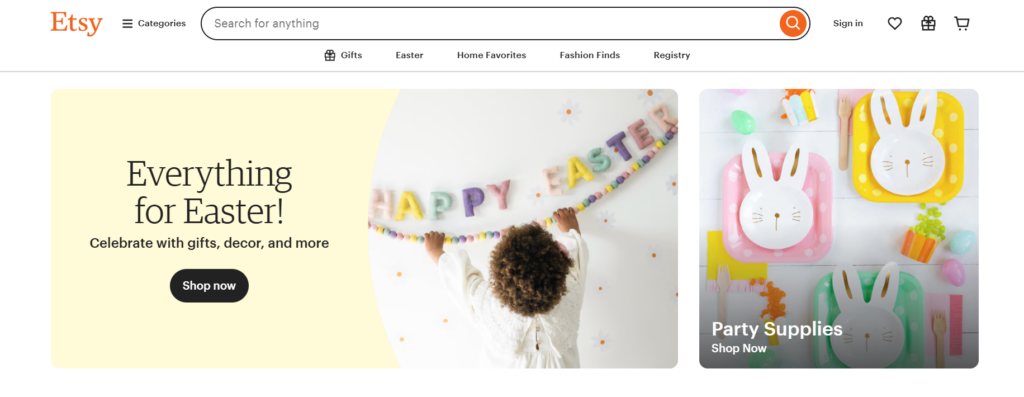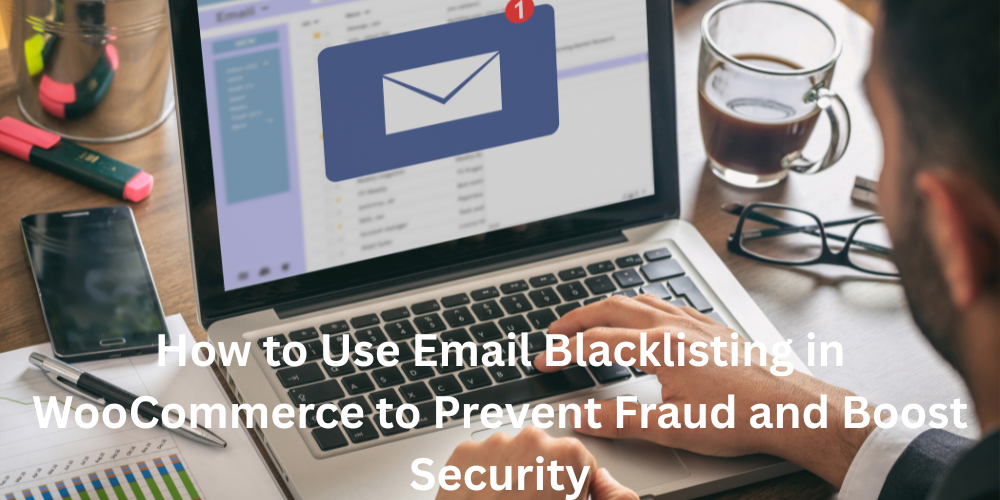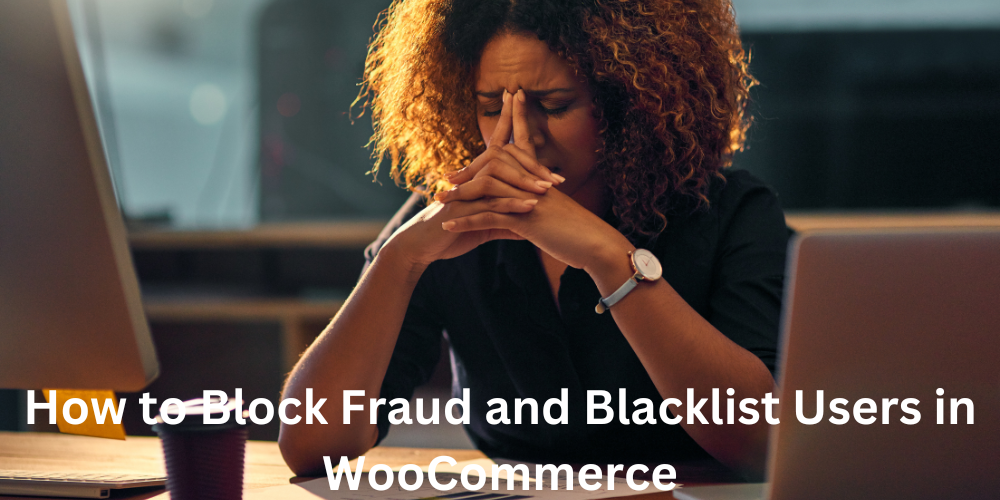Etsy is a global e-commerce platform specializing in handmade, vintage, and craft supplies. Founded in 2005, it connects independent creators, artists, and collectors with buyers seeking unique and personalized items. Its product categories include jewelry, clothing, home décor, art, toys, furniture, and more. Items described as vintage must be at least 20 years old. Unlike traditional retailers, Etsy does not operate warehouses; instead, it serves as a marketplace where sellers manage their own inventory and orders.
As of 2024, Etsy had over 100 million items listed on its platform, with 96 million active buyers and 8 million sellers globally. The company generated $12.6 billion in gross merchandise sales and $2.81 billion in revenue during the year. Etsy is known for fostering a community of primarily women sellers—87% of its sellers identified as women in recent years.

Key Features
For Buyers
- Wide Variety of Products: Etsy offers unique handmade goods, vintage items, and craft supplies across diverse categories.
- Personalized Shopping Experience: Buyers can search by product descriptions or browse curated categories for tailored recommendations based on browsing history.
- Flexible Payment Options: Payments can be made via credit/debit cards, Etsy gift cards, Apple Pay, Google Pay, PayPal, and other methods depending on location.
- Global Shipping: Sellers manage their shipping methods individually; many offer international shipping options.
For Sellers
- Ease of Setup: Opening an Etsy shop is straightforward and requires minimal upfront investment compared to building an independent website.
- Marketing Tools: Sellers benefit from SEO tools, automated email campaigns, personalized product recommendations, and promoted listings to enhance visibility.
- Large Customer Base: With over 90 million active buyers globally, Etsy provides sellers access to a broad audience.
- Low Fees: Listing fees are $0.20 per item, and Etsy charges a 6.5% commission on sales. Additional services include payment processing and shipping label purchases.
Benefits of Using Etsy
For Buyers
- Access to unique products that are often unavailable elsewhere.
- A platform that supports small businesses and independent creators.
- Flexibility in payment methods and shipping options.
For Sellers
- Unique Positioning: Focus on handmade and creative goods attracts buyers specifically looking for such items.
- High Reach: Millions of active buyers worldwide ensure exposure to a large audience.
- Community Support: A supportive seller community helps entrepreneurs grow their businesses while fostering creativity.
- Marketing Boost: Etsy invests heavily in advertising across TV, social media, and other platforms to drive traffic to its marketplace.
Employee Benefits
Etsy provides generous benefits to its employees:
- Paid parental leave (26 weeks).
- Retirement plans with matching contributions.
- Mental health support through Employee Assistance Programs.
- Dog-friendly offices and volunteer opportunities.
Criticisms
While Etsy has many advantages, it has faced criticism regarding customer data privacy policies. Additionally, scaling up production for handmade items can be challenging for sellers who rely on the platform for their primary income.
Check out FilterGrade for high-quality presets, LUTs, overlays, and digital tools made for photographers, filmmakers, and creative professionals.
How does Etsy ensure the quality of handmade items sold on the platform?
Etsy ensures the quality of handmade items sold on its platform through several measures aimed at maintaining authenticity and transparency. Here are the key strategies:

Seller Policies and Standards
- Etsy requires sellers to accurately represent their items, including details about materials, production methods, and country of origin. Sellers must also disclose if they use production partners for scaling up their operations.
- Listings must include original photos or videos created by the seller, avoiding stock images or content reused from other sites.
- Items made using artificial intelligence must be explicitly disclosed in the listings.
Product Categories and Definitions
Etsy mandates that items fall into specific categories such as handmade, vintage (at least 20 years old), or craft supplies. Handmade items must exhibit a personal touch, either being seller-made or seller-designed2.
Transparency in Seller Information
Sellers are required to provide detailed information about their shop members and their roles in creating the items. This includes specifying whether the item was made entirely by the seller or with external production assistance.
Customer Reviews
Buyers can assess the authenticity and quality of products through reviews. Honest feedback from previous buyers often includes photos and details about their experience, helping new customers identify genuine handmade items.
Monitoring Counterfeits
Etsy actively addresses counterfeit concerns by encouraging buyers to report suspicious listings. The platform has faced challenges with mass-produced knock-offs but continues to refine policies to protect handmade artisans.
Marketing Campaigns
Etsy highlights its commitment to authenticity through marketing campaigns that showcase artisans and emphasize its focus on unique, handcrafted goods. These efforts aim to differentiate Etsy from competitors like Amazon Handmade or discount-driven platforms such as Temu and Shein.
Purchase Protection Program
Etsy offers a Purchase Protection Program for buyers, ensuring refunds or replacements if items fail to meet expectations due to misrepresentation or poor quality.
By combining strict seller guidelines, transparency requirements, and community-driven feedback mechanisms, Etsy strives to maintain its reputation as a marketplace for authentic handmade goods. However, buyers are encouraged to conduct research on sellers and listings to ensure they receive high-quality items.
What are the main challenges faced by Etsy sellers?
Etsy sellers face several challenges that impact their ability to succeed on the platform. These challenges stem from increased competition, rising costs, changing policies, and evolving consumer behavior. Below are the main obstacles:
1. Increasing Competition
- Platform Saturation: As Etsy grows in popularity, more sellers join, making it harder for individual shops to stand out. Sellers must differentiate themselves with unique products or exceptional customer service.
- External Competitors: Major e-commerce players like Amazon and Walmart have expanded their handmade goods sections, reducing Etsy’s share of the market and increasing competition beyond the platform.
2. Rising Costs
- Fee Increases: Etsy raised its transaction fees from 5% to 8% in 2021, significantly increasing operational costs for sellers. Additionally, listing fees and payment processing fees add to the financial burden.
- Advertising Costs: Sellers face higher costs for promoted listings and ads, making it difficult for smaller shops to compete with larger, well-funded sellers.
3. Algorithm Changes
- Etsy’s search algorithm prioritizes shops offering free shipping and maintaining high conversion rates. Smaller sellers often struggle to meet these criteria due to limited resources or niche markets.
4. Platform Policies
- Sellers must comply with Etsy’s guidelines, including responding to messages within 24 hours and participating in mandatory ad programs. These requirements increase workload and reduce profit margins.
- Failure to adhere to policies can result in penalties such as account suspension or termination.
5. Counterfeit Goods
- The presence of counterfeit or mass-produced items undermines the authenticity of handmade goods on Etsy. This issue discourages artisans and drives some sellers to alternative platforms like Shopify.
6. Declining Consumer Spending
- Post-pandemic shifts in consumer behavior have led to reduced discretionary spending, impacting sales for many Etsy shops. Sellers now face a plateau in buyer growth and spending per customer.
7. Economic Challenges
- Inflation and fluctuating economic conditions have increased production costs for handmade goods, further straining seller profits.
Strategies for Sellers
To navigate these challenges, sellers can:
- Optimize their shop’s SEO by using relevant keywords in titles and descriptions.
- Leverage social media platforms like Instagram or Pinterest for free marketing opportunities.
- Focus on building a strong brand identity to attract loyal customers.
Despite these obstacles, Etsy remains a valuable platform for creative entrepreneurs due to its large customer base and focus on unique products. However, success requires strategic planning and adaptability to changing market dynamics.
Explore Fine Art America to sell and buy artwork, prints, and custom merchandise from talented artists around the world.
How does Etsy’s pricing compare to other e-commerce platforms?
Etsy’s pricing structure differs significantly from other e-commerce platforms, particularly Shopify and eBay, and is tailored for sellers of handmade, vintage, and craft items. Here’s how Etsy compares:
Etsy’s Pricing Structure
- Listing Fees: $0.20 per item, valid for four months.
- Transaction Fees: 6.5% of the sale price (including shipping and gift wrapping costs).
- Payment Processing Fees: 3% + $0.25 per transaction (varies by location).
- Optional Subscription Plans:
- Etsy Plus: $10/month, offering additional customization features and marketing credits.
- Pattern: $15/month for sellers wanting a standalone website powered by Etsy’s dashboard.
Comparison with Other Platforms
Shopify
- Monthly Subscription Fees: Starts at $29/month for the Basic plan; Shopify Starter costs $15/month but lacks a full website.
- Transaction Fees: 2.9% + $0.30 per transaction with Shopify Payments; additional fees apply if using third-party payment processors.
- Cost Efficiency:
- For low-volume sellers (e.g., hobbyists), Etsy is cheaper due to no mandatory monthly fees.
- For high-volume sellers, Shopify becomes more cost-effective as its flat-rate subscription offsets lower transaction fees.
eBay
- Listing Fees: Free for up to 50 items/month; additional listings incur insertion fees.
- Transaction Fees: Varies by category but averages around 12.9% of the final value (higher than Etsy).
- Subscription Plans: Monthly store subscriptions range from $19.95 to $299.95 depending on the tier.
- Etsy’s fees are more predictable and standardized compared to eBay’s variable fee structure, making it easier for sellers to forecast costs.
Key Takeaways
- Low Volume Sellers: Etsy is ideal due to its low upfront costs and built-in audience for handmade goods.
- High Volume Sellers: Shopify offers better scalability with lower transaction fees despite higher monthly subscriptions.
- Mass-Market Goods: eBay caters better to sellers of new or mass-produced items but has higher fees overall.
Etsy provides affordability and simplicity for artisans and small-scale sellers, while platforms like Shopify are better suited for businesses aiming for growth and independence from marketplace constraints.
Etsy Partnered or Affiliated Program
Yes, Etsy offers several partnered and Affiliated Programs that allow individuals and businesses to collaborate with Etsy and earn commissions or benefits. Here are the details:

- Etsy Affiliate Program: Earn commissions on sales through unique affiliate links, available for approved media outlets, bloggers, and website owners.
- Creator Collective Program: For social media creators, offering commissions and perks for promoting Etsy items.
- Production Partners: Allows sellers to work with external manufacturers for their designs, requiring disclosure in shop and listing details.
- Print-on-Demand Partners: Integrates with services like Printful and Printify for custom products without inventory costs.
These programs help expand reach and earnings on Etsy.




